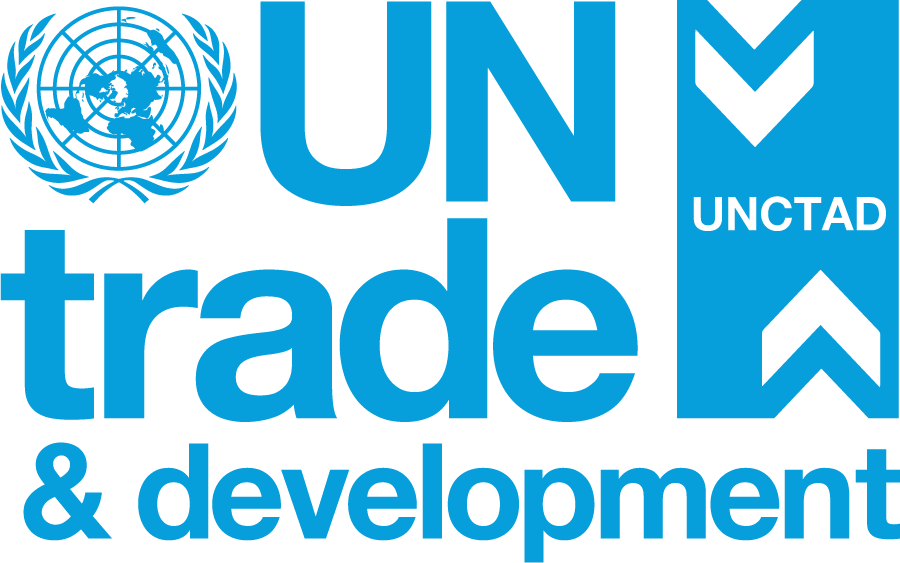Improving the measurement of the creative economy
UN Trade and Development introduces an updated statistical framework, helping developing countries effectively assess and leverage their creative industries to fuel growth.

© Shutterstock/dotshock | The cultural and creative industries generate significant jobs and income, powering economic and social development worldwide.
The renewed framework aligns with global statistical classifications to help better quantify the economic impact of the creative industries.
Comprising a range of knowledge-based economic activities, global trade in creative goods and services more than doubled in the past decade.
For developing countries in particular, the creative economy holds the key to a socially and environmentally sustainable development path.
As a relatively new sector of the economy, the creative industries are hungry for reliable and internationally comparable data. But changes are underway.
Ahead of World Creativity and Innovation Day on 21 April, UN Trade and Development puts forward an updated statistical framework, aimed at advancing the measurement of the creative economy.
“The framework represents a significant step forward in addressing the challenges of measuring the creative economy and trade in creative goods and services,” says Anu Peltola, director of statistics service at UN Trade and Development.
Ensuring relevance and adaptability, the framework aligns with latest global statistical classifications for industrial activities and international merchandise trade statistics.
It offers a tool to better quantify the economic impact of creative industries, especially where specific definitions and methodologies are lacking.
To bridge the gap, the framework provides a list of creative activities and products, referencing the International Standard Industrial Classification of All Economic Activities, and the Central Product Classification, respectively.
It also seeks to enhance the capacity of developing countries to collect data on international trade of creative goods and services, as well as informing evidence-based policymaking to bolster the creative economy.
Extensive consultation and collaboration
The development of the framework comes after two years of extensive consultation and collaboration with economists, UN agencies and creative economy experts worldwide.
“The work redefines the creative economy statistical framework, better reflecting the variety and energy of cultural products in global markets,” says Marisa Henderson, head of the creative economy programme at UN Trade and Development.
The organization has piloted the framework in a project to map the cultural and creative industries in Angola, offering a methodology that other developing nations can adapt.
Why creative economy matters
While the creative industries are an evolving concept, they generally entail creating, producing and distributing goods and services that use creativity and intellectual capital as primary inputs.
Some examples can be audiovisual products, design, media, performing arts, publishing and visual arts.
As one of the world’s most rapidly expanding sectors, the creative economy helps power income, jobs, and export earnings.
Latest data from UN Trade and Development re-emphasize the sector’s significant contribution to global trade.
Over the past two decades, exports of creative goods increased by more than 350%. Creative services, on the other hand, grew by 2.8 times over the last decade.
In 2022, creative goods and services constituted 3% and 19% of total merchandise and services exports, respectively.
In the same year, total exports of creative services reached a record $1.4 trillion, almost doubling the value of creative goods exports ($713 billion).


